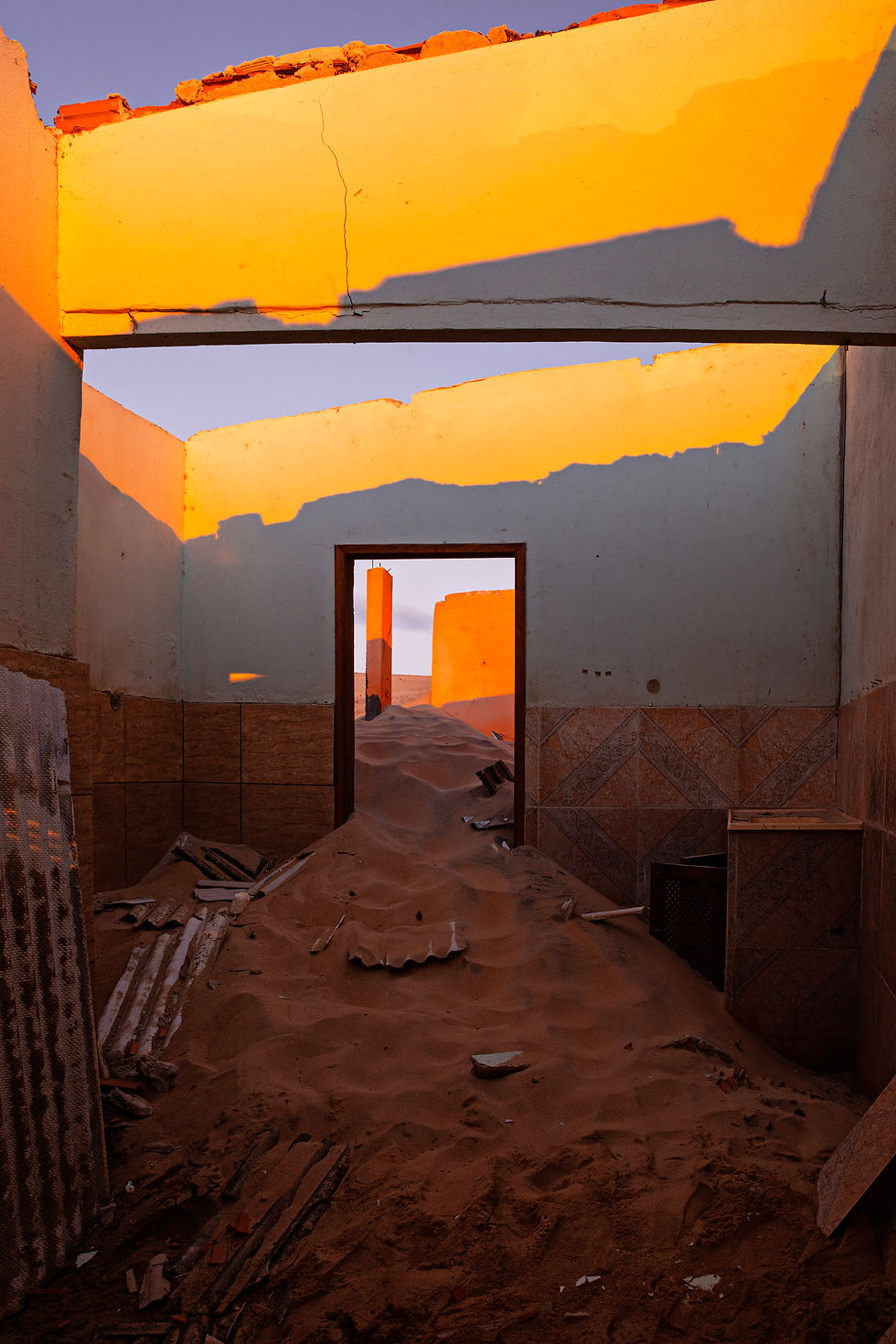Create Your First Project
Start adding your projects to your portfolio. Click on "Manage Projects" to get started
The Nomad and the Houses
The Nomad and the Houses
Em The Nomad and the Houses, Eduardo Rezende percorreu o mundo sozinho, guiado por uma busca silenciosa: encontrar habitações que, além de abrigo, pudessem ser reveladas como signos visuais. Sua câmera não se detinha na função prática da casa, mas na sua potência formal — volumes que se transformavam em gráficos, cores que explodiam em superfícies, perspectivas que, distorcidas, reduziam a solidez da arquitetura a pequenas maquetes, quase casas de brinquedo.
A viagem, nesse sentido, não era apenas geográfica, mas também estética. Rezende colecionava fragmentos de lugares distantes e os convertia em composições limpas e intensamente cromáticas, em que a noção de “habitar” se tornava universal. Cada casa fotografada deixava de ser local para tornar-se ideia, metáfora de permanência e deslocamento, refúgio e desencaixe.
Na série, o artista já afirmava um olhar que transforma o comum em extraordinário. Ao escolher ângulos inesperados e lentes que brincam com a escala, ele instaurava uma tensão entre monumentalidade e fragilidade, realidade e ficção. As casas captadas não são retratos fiéis, mas traduções poéticas de um modo de ver o mundo em movimento — um mundo atravessado.
The Nomad and the Houses
In The Nomad and the Houses, Eduardo Rezende traveled the world alone, guided by a silent quest: to find dwellings that, beyond shelter, could be revealed as visual signs. His camera did not linger on the practical function of the house, but on its formal power — volumes transformed into graphics, colors exploding across surfaces, perspectives distorted so that solid architecture shrank into small models, almost like dollhouses.
The journey, in this sense, was not only geographical but also aesthetic. Rezende collected fragments of distant places and converted them into clean, intensely chromatic compositions, where the notion of “inhabiting” became universal. Each photographed house ceased to be tied to a location and instead became an idea, a metaphor of permanence and displacement, refuge and estrangement.
In this series, the artist was already affirming a gaze that turns the ordinary into the extraordinary. By choosing unexpected angles and lenses that play with scale, he created a tension between monumentality and fragility, reality and fiction. The houses captured are not faithful portraits, but poetic translations of a way of seeing the world in motion — a world traversed by the nomadic gaze of the photographer.
































